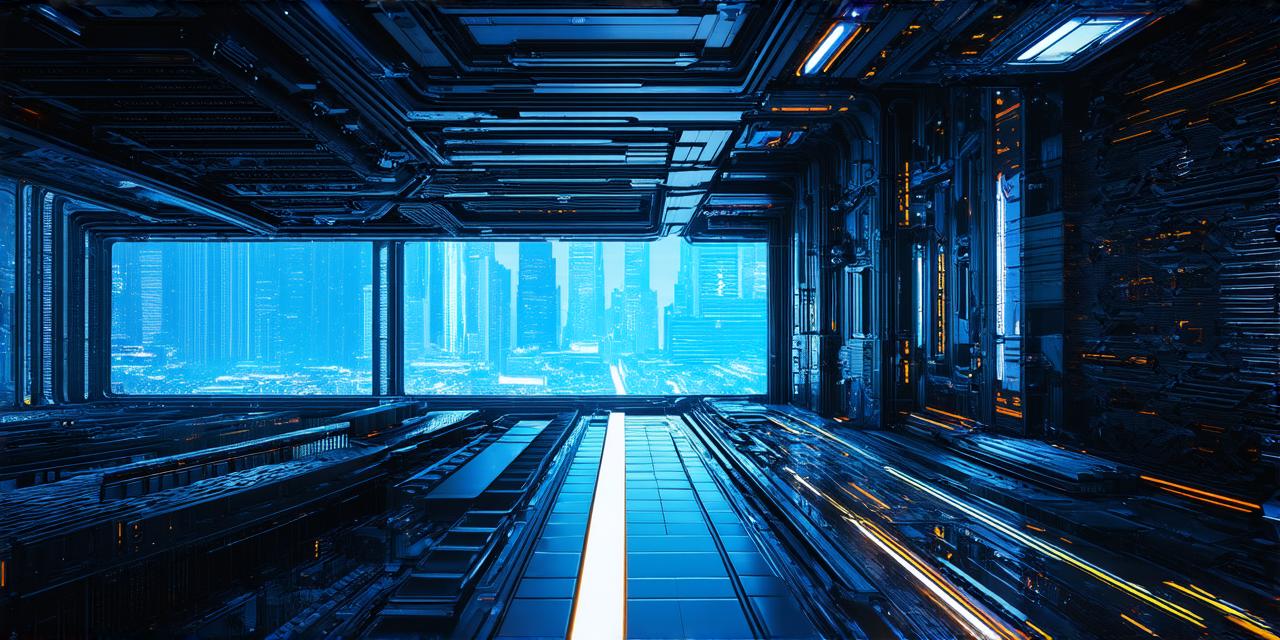The future of web design: Will AI take over?
BlogAs technology continues to advance, many industries are facing significant changes and disruptions. In recent years, there has been a growing concern about the potential impact of artificial intelligence (AI) on web design. Some experts predict that AI will take over the field and make human designers obsolete, while others argue that it is more likely to augment their work and help them create better experiences for users.
In this article, we will explore the current state of AI in web design, examine some real-life examples of how it’s being used to improve user experience, and analyze the potential benefits and challenges associated with this technology.
AI in Web Design: The Current Landscape
Artificial intelligence has been around for decades, but it wasn’t until the advent of big data and machine learning that it began to have a significant impact on web design. Today, AI is being used in a variety of ways to improve the user experience, from content creation and optimization to personalization and accessibility.
One of the most well-known examples of AI in web design is chatbots. These are computer programs that use natural language processing (NLP) to simulate human conversations with users. Chatbots can answer common questions, provide recommendations, and even help users complete tasks without any human intervention.
Another area where AI is having a significant impact is content creation. Machine learning algorithms can analyze vast amounts of data from social media, search engines, and other sources to generate ideas for new content or identify patterns and trends in user behavior. This information can then be used to create more personalized and relevant experiences for users.
In addition, AI is also being used to improve accessibility for users with disabilities. For example, machine learning algorithms can analyze a website’s code and make recommendations for changes that would make it easier for screen readers or other assistive technologies to navigate.
Real-Life Examples of AI in Web Design
There are many examples of how AI is being used to improve the user experience on websites today. Here are some real-life examples:
-
Amazon’s Personalized Recommendations: Amazon uses machine learning algorithms to analyze customer behavior and make personalized product recommendations based on their interests and purchase history. This has helped the company increase sales and customer satisfaction, as users are more likely to find products that they like and need.
-
H&M’s Virtual Try-On Feature: H&M has developed a virtual try-on feature that uses AI to help customers see how clothes would look on them before making a purchase. This feature has been popular with users, as it eliminates the need for physical trying on and allows customers to make more informed decisions about their purchases.
-
Bank of America’s Chatbot: Bank of America has developed a chatbot that uses natural language processing (NLP) to help customers with common banking tasks, such as checking account balances or transferring funds between accounts. This has helped the bank reduce its staffing costs and improve customer service.
-
Netflix’s Personalized Content Recommendations: Netflix uses machine learning algorithms to analyze user behavior and recommend TV shows and movies that they are likely to enjoy. This has helped the company increase user engagement and retention, as users are more likely to keep coming back for more if they find content that they like.
The Potential Benefits and Challenges of AI in Web Design
As AI continues to evolve, there are both potential benefits and challenges associated with its use in web design. Here are some key points to consider:
-
Benefits:
-
Improved efficiency: By automating certain tasks, such as content creation or optimization, AI can help designers work more efficiently and free up time for other tasks.
-
Enhanced user experience: AI-powered personalization and accessibility features can help create a better user experience by providing relevant and accessible content to users.
-
Increased innovation: By eliminating the need for human intervention in certain areas, such as content creation or optimization, AI can help designers come up with more innovative ideas and solutions.
-
Challenges:
-
Loss of jobs: As AI becomes more advanced, it is possible that some jobs in web design may become obsolete, leading to job losses for human designers.
-
Dependence on technology: If web designers become too reliant on AI for certain tasks, they may lose their ability to think creatively and come up with new ideas without the assistance of technology.
-
Privacy concerns: The use of AI in web design raises important privacy concerns, as it involves the collection and analysis of large amounts of user data.
The Future of Web Design: Will AI Take Over?
While AI is certainly changing the landscape of web design, it’s unlikely that it will take over entirely. Instead, it’s more likely that AI will become an increasingly important tool in the designer’s toolkit, helping them create better experiences for users and stay competitive in a rapidly changing industry.
To be successful in this new era of web design, designers will need to be able to work effectively with AI tools and technologies, as well as understand how to use them to enhance the user experience. They will also need to be able to adapt to new trends and technologies as they emerge, and stay up-to-date on privacy concerns and other ethical considerations related to AI.
Conclusion
The future of web design is uncertain, but one thing is clear: AI is here to stay. Whether it will take over entirely or simply augment the work of human designers remains to be seen, but designers who are able to effectively use AI tools and technologies to enhance the user experience will be well-positioned to succeed in this rapidly changing industry.
